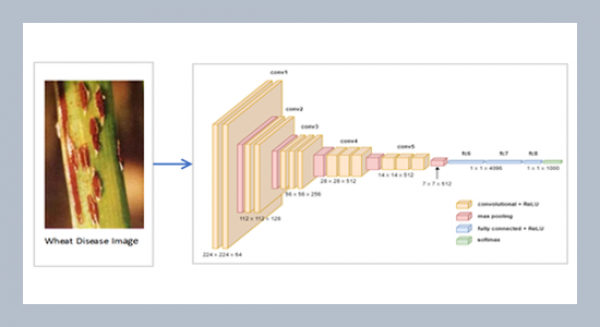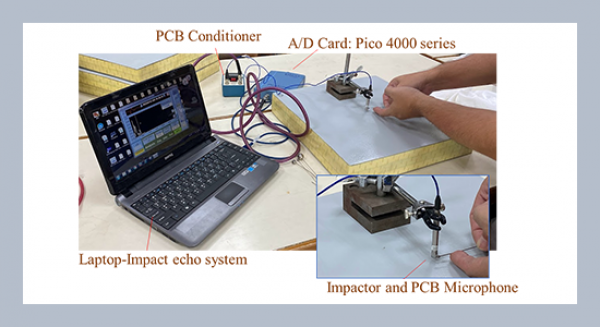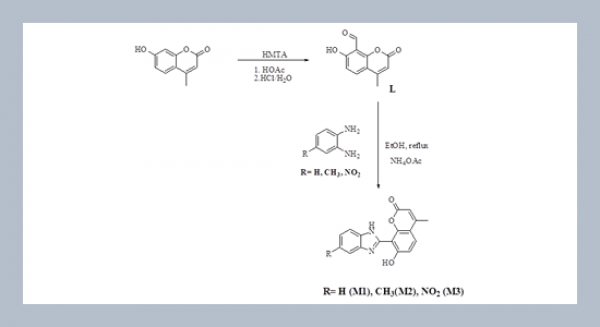Chin-Chiuan Lina* and Kuo-Chen Huangb aDepartment of Business Administration, Kun-Shan University, Tainan, Taiwan
bDepartment of Product Design, Ming-Chuan University, Taipei, Taiwan
Download Citation:
|
Download PDF
This study investigated the effects of lighting color, illumination intensity, and text color on visual performance. Experiment 1 conducted character identifying test and Experiment 2 conducted reading comprehension test. Results of experiment 1 indicated that all the three independent variables had significant effects on mean percentage of character identification. Mean percentage was best under white light (67.05%), 500 lux (69.85%), and blue text (69.22%). Results of experiment 2 indicated that the lighting color and text color had significant effects on mean answer for reading comprehension. Mean answer were higher under white light (6.68) and blue text (6.97). In general, the texts with primary colors had better mean percentage and mean answer than the gray. According to the results, white light, normal ambient illumination and a text with primal colors seemed to be the optimal conditions. If the yellow light is necessary, using blue text will provide better visual performance than gray text. Further, the Pearson product-moment correlation coefficient indicated that short-term visual task measurement might be suitable to evaluate the visual performance.ABSTRACT
Keywords:
Lighting color; illumination intensity; text color; visual performance.
Share this article with your colleagues
[1] Lin, C. C. 2005. Effects of screen luminance combination and text color on visual performance with TFT-LCD. International Journal of Industrial Ergonomics, 35: 229-235.REFERENCES
[2] Yoshida, Y. and Yamamoto, Y. 2003. Color management of liquid crystal display placed under light environment, Electronics and Communications, in: Japan 86(7) 2003. Translated from Denshi Joho Tsushin Gakkai Ronbunshi 2002, J85-A (7): (2002) 793-805.
[3] Tseng, F. Y., Chao, C. J., Feng, W. Y., and Hwang, S. L. 2010. Assessment of human color discrimination base on illuminant color, ambient illumination and screen background color for visual display terminal workers. Industrial Health, 48: 438-446.
[4] Lin, C. J., Feng, W. Y., Chao, C. J., and Tseng, F. Y. 2008. Effects of VDT workstation lighting conditions on operator visual workload. Industrial Health, 46: 105-111.
[5] Lin, C. C. and Huang, K. C. 2006. Effects of ambient illumination and screen luminance combination on the character identification performance of desktop TFT-LCD monitors. International Journal of Industrial Ergonomics, 36: 211-218.
[6] Huang, K. C. and Chiu, T. L. 2007. Visual search performance on an LCD monitor: effects of color combination of figure and line width of icon border. Perceptual and Motor Skills, 104: 562-574.
[7] Charman, W. N. 1991. Limits on visual performance set by the eye’s optic and the retinal cone mosaic, in: J. J. Kulikowski, V. Walsh, I. J. Murray (Eds.). Vision and visual dysfunction: Limits of Vision, 5: 81-96.
[8] Burgess-Limerick, R., Mon-Willams, M., and Coppard, V. L. 2000. Visual display height. Human Factors, 42: 140-150.
[9] Horikawa, M. 2001. Effect of visual display terminal height on the trapezius muscle hardness: Quantitative evaluation by a newly developed muscle hardness meter. Applied Ergonomics, 32: 473-478.
[10] Sommerich, C. M., Joines, S. M. B., and Psihogios, J. P. 2001. Effects of computer monitor viewing angle and related factors on strain, performance, and preference outcomes. Human Factors, 43: 39-55.
[11] Fukuda, T. 1992. Visual capability to receive character information part І: How many characters can we recognize at a glance. Ergonomics, 35: 617-627.
[12] Kirk, R. E. 1982. Experimental design: Procedures for the behavioral sciences. CA: Brooks/Cole, 2nd ed., Belmont.
[13] Tabachnick, B. G. and Fidell, L. S. 1989. “Using multivariate statistics”. New York: Harper & Row, 2nd ed.
[14] Chung, H. H. and Lu, S. 2003. Contrast-ratio analysis of sunlight-readable color LCDs for outdoor applications. Journal of the Society for Information Display, 11: 237-242.
[15] American National Standards Institute, Illuminating Engineering Society of North America, American National Standard Practice for Industrial Lighting. ANSI/IES RP-7, 1983.
[16] Läubli, Th., Hünting, W., and Grandjean, E. 1982. Visual impairments in VDU operators related to environmental conditions, in: E. Grandjean, E. Vigliani (Eds.). Ergonomics Aspects of Visual Display Terminals, Taylor & Francis, London.
[17] Stammerjohn, L. W., Smith, M. J., and Cohen, B. G. F. 1981. Evaluation og work station design factors in VDT operators. Human Factors, 23: 401-412.
[18] Lin, C. C. and Huang, K. C. 2009. Effects of color combination and ambient illumination on visual perception with TFT-LCD. Perceptual and Motor Skills, 109: 1-19.
[19] Kubo, M., Uchi, T., Narutaki, Y., Shinomiya, T., and Ishii, Y. 2000. Development of “Advanced TFT-LCD” with good legibility under any ambient light intensity. Journal of the Society for Information Display, 8: 299-304.
[20] Hori, H. and Kondo, J. 1993. Contrast ratio for transmissive-type TFT-addressed LCDs under ambient-light. Journal of the Society for Information Display, 1: 325-327.
[21] Ostberg, O. 1980. “Accommodation and visual fatigue in display work”. in: E. Grandjean and E. Vigliani (Eds.), Ergonomics Aspects of Visual Display Terminals, Taylor and Franics, London.
[22] Isensee, S. H. and Bennett, C. A. 1983. The perception of flicker and glare on computer CRT. Display, 25: 177-184.
[23] Lin, C. C. and Huang, K. C. 2013. Effects of ambient illumination conditions and background color on visual performance with TFT-LCD screens. Displays, 34: 276-282.
[24] Lippert, T. M. 1986. Color-difference prediction of legibility performance for CRT raster imagery. SID Digest of Technical Papers, 16: 86-89.
ARTICLE INFORMATION
Received:
2013-12-19
Revised:
2014-04-17
Accepted:
2014-05-13
Available Online:
2014-09-01
Lin, C.C., Huang, K.C. 2014. Effects of lighting color, Illumination intensity, and text color on visual performance. International Journal of Applied Science and Engineering, 12, 193–202. https://doi.org/10.6703/IJASE.2014.12(3).193
Cite this article:















